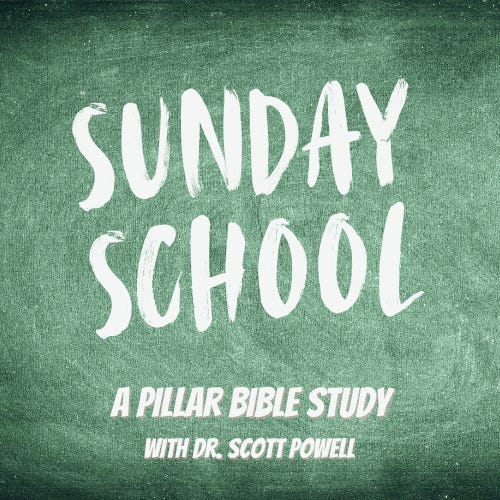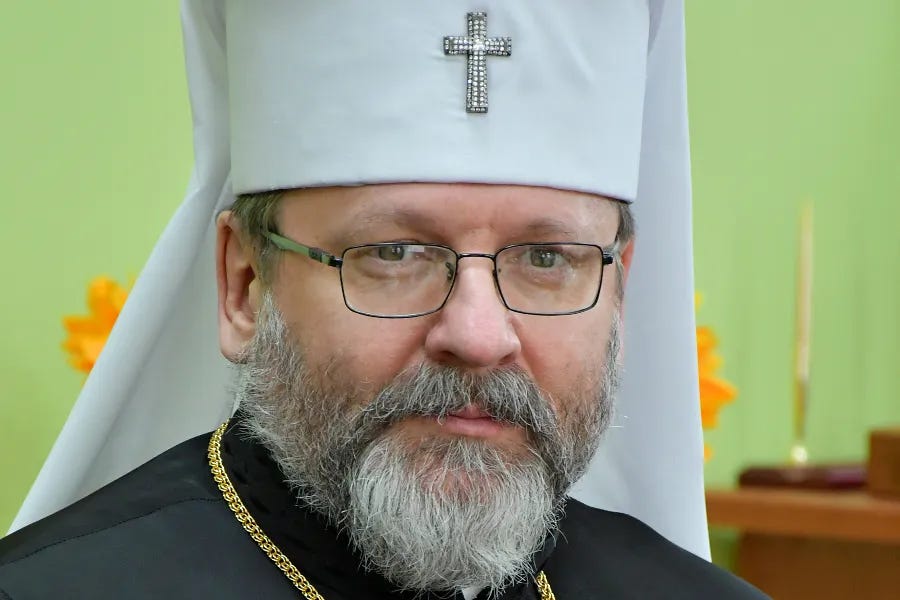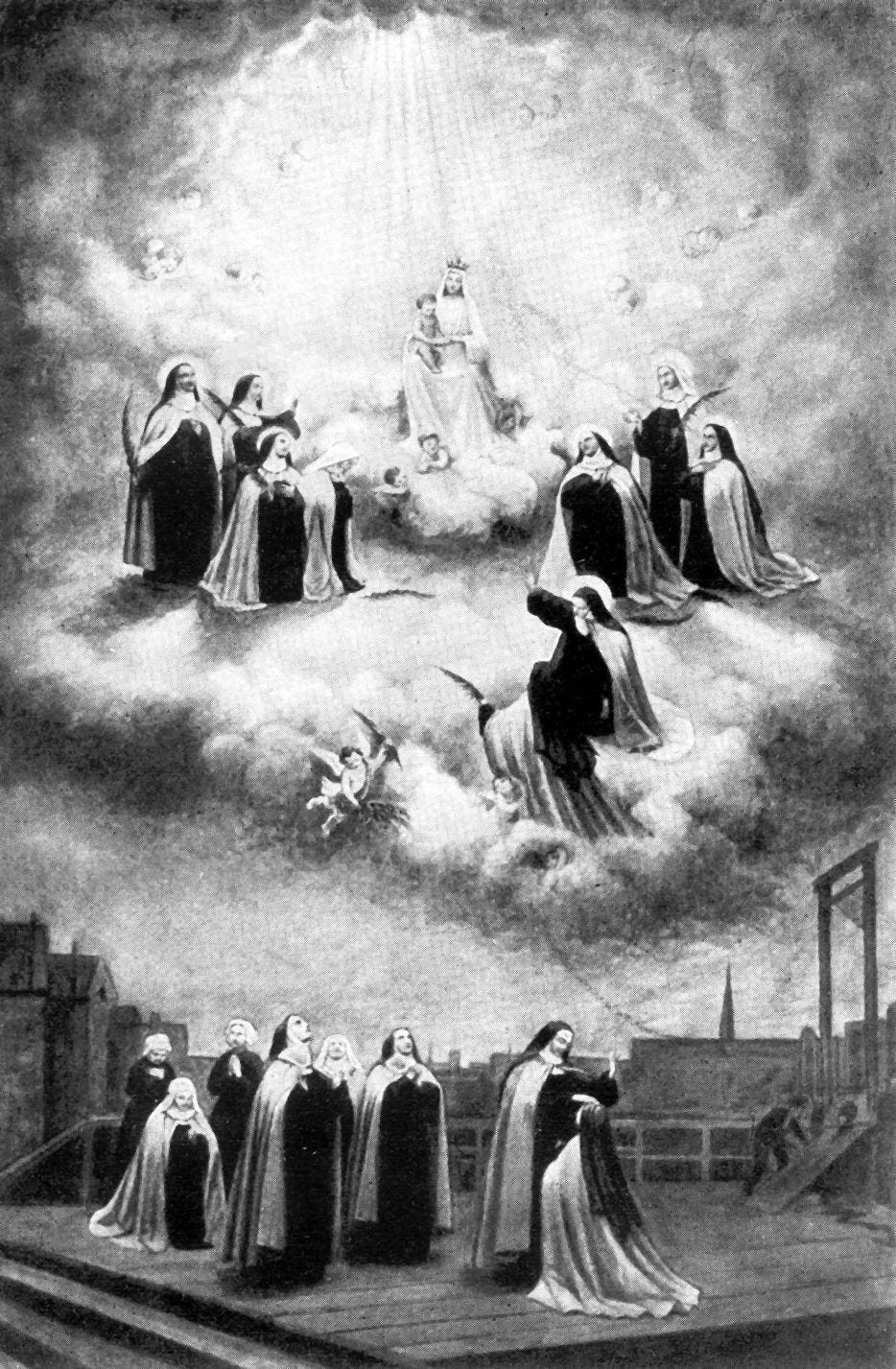The Vatican has issued a firm “no” to German Catholic plans to establish a permanent governing “synodal council” composed of lay people and bishops that oversee certain policy issues for local churches.
Yet the Holy See gave a solid “yes” to the creation of a permanent “ecclesial conference” for the Amazon region consisting of lay people, religious, priests, and bishops.
The “nein” in Germany, juxtaposed with the “sí/sim” in the Amazon, has prompted the question of whether the Holy See has a consistent approach to Church structures aiming bring together bishops and lay people.
Are the German “synodal council” and the Amazon “ecclesial conference” similar? What are the possible reasons why the Vatican rejects one but backs the other? And is its approach contradictory? The Pillar takes a look.
📰
The conference and the council
The Ecclesial Conference for the Amazon Region (CEAMA) was created on June 29, 2020, as an “ecclesiastical, permanent, representative, and institutional body” for the vast South American territory.
The idea of a pan-Amazonian “ecclesial conference” emerged from the 2019 Amazon synod, a gathering of bishops in Rome, and from Pope Francis’ post-synodal apostolic exhortation Querida Amazonia.
The ecclesial conference was defined initially as “an effective instrument” for realizing the proposals presented at the synod, as well as the “four great dreams” that the pope set out in his exhortation: defending the rights of the poor, preserving cultural riches, protecting the environment, and planting the Church deep in local cultures.
In 2021, Pope Francis formally established the ecclesial conference — described at that point as a “bishops’ conference” by Vatican media — on a legal, public and ecclesiastical footing.
In 2022, he approved its revised statutes, for three years on an experimental basis, in a move described as a “historic first.”
But despite the initial fanfare, the ecclesial conference was not exactly like a bishops’ conference. And CEAMA’s president Cardinal Pedro Barreto told America Magazine last year that it took a while to iron things out. The cardinal said the Vatican’s Dicastery for Bishops was initially unsure how it should understand and interact the new structure, until the statutes were tweaked to bring some clarity.
Unlike a bishops’ conference, whose members are solely bishops from a single territory, the ecclesial conference comprises bishops, priests, religious, and lay people from the nine countries that make up the Amazon region.
But even more important, the ecclesial conference was not given the same kind of authority as a bishops’ conference.
In an article describing the ecclesial conference’s genesis and aims, the CEAMA official Fr. Alfredo Ferro wrote: “CEAMA’s plan of action … seeks to prioritize the objectives and strategies of the Amazonian Church as the leaven of a new Church with the aim of developing the novelty of a joint pastoral plan for the whole of the Pan-Amazonian region, which must be articulated with the specific pastoral plans of each national episcopal conference of the nine countries that have their own Amazonian region and the same ecclesiastical jurisdictions.”
CEAMA’s overriding goal seems to be developing and helping to implement a joint pastoral plan for the Amazon region, in close cooperation with local bishops’ conferences. Part of the plan that has already gained attention is the creation of an Amazonian Rite of the Mass. In September, CEAMA members presented officials at the Vatican’s Dicastery for Divine Worship with an update on their progress.
In sum, the ecclesial conference is focused on planning, and on developing resources for bishops themselves to implement.
The German synodal council, meanwhile, is an idea that emerged from the country’s controversial synodal way, a multi-year initiative bringing together bishops and select lay people to discuss sweeping changes to Church teaching and practice.
At a plenary meeting of the synodal way in September, delegates gave their overwhelming backing to a document calling for the creation of a new body with “advisory and decision-making” powers. It said that the synodal council would “advise on major developments in the Church and in society, and … take fundamental decisions of supra-diocesan significance on pastoral planning, future perspectives and budgetary issues of the Church that are not decided at the level of the dioceses.”
The council’s membership would be similar to that of the synodal way — that is, it would consist of the country’s bishops and representatives of powerful lay bodies, principally the Central Committee of German Catholics (ZdK). Its resolutions would have “at least the same legal effect” as the synodal way’s. It would have its own statutes and be “supported by a permanent secretariat” with appropriate funding and staffing.
Want Starting Seven? Get must-read morning news in your inbox, each day.
Similarities and differences
Comparing the two structures, the principal difference appears to be that CEAMA is focused on coordinating pastoral work in conjunction with national bishops’ conferences, while the synodal council was designed as an actual decision-making body that could theoretically set rules within its territory.
That difference is key, because the Holy See has emphasized to the German episcopate that bishops have, sacramentally, a unique place, and a unique sacramental capacity, in the governance of the Church’s life — and stated that new ecclesial structures should respect that theological reality.
In a letter released Jan. 23, three senior Vatican officials rejected the synodal council, saying that it amounted to “a new governance structure of the Church in Germany” that appeared “to place itself above the authority of the German bishops’ conference and, in effect, to replace it.”
There are other contrasts. CEAMA emerged from a synod that was recognized as such in Church law, while the synodal council comes out of an initiative that has no such formal status.
The ecclesial conference is a body covering nine territories. It is therefore not a structure that rivals or replicates an individual local bishops’ conference. The synodal council, meanwhile, is intended to operate in the same territory as the German bishops’ conference, underscoring the Vatican’s sense that it might be seen as a potential competitor, regardless of whether it claims governing authority.
While both the synodal council and the ecclesial conference would have lay people and bishops as members, CEAMA’s membership appears slightly broader than the synodal council’s, specifically including priests and religious, as well as bishops and lay people.
📰
Vatican endorsement and rejection
The Amazonian ecclesial conference has also responded differently to challenges in its relationship with the Vatican. It willingly revised its statutes, whereas the architects of the synodal council have repeatedly rebuffed Vatican interventions.
CEAMA’s leaders also have taken pains to root the body in the teaching of the Second Vatican Council, one of Pope Francis’ principal reference points. CEAMA’s president Cardinal Barreto has emphasized that its revised statutes are based “on the orientation of Vatican II, especially its ecclesiology of the People of God,” as set out in its Dogmatic Constitution on the Church, Lumen gentium.
He also suggested that the statutes were in harmony with the new Vatican constitution Praedicate evangelium, which notably said that “any member of the faithful” can preside over a Vatican dicastery or office, depending on the department’s “power of governance and the specific competence and function.”
In contrast, the document outlining the German synodal council does not cite Vatican II (or Praedicate evangelium). In their letter, the three Vatican officials suggested that the proposed body conflicted with Lumen gentium’s definition of the bishop’s mission and therefore jarred with the ecclesiology of Vatican II.
There may be other factors at play in the Vatican’s response that are harder to define: a fear that other countries might adopt Germany’s unilateral approach, or a sense that the Vatican needs a symbolic victory in its tussle with the synodal way’s organizers. In other words, the wider “political” context might also help to explain the Vatican’s “no” to Germany and its “yes” to the Amazon.
Is there a contradiction?
On the surface, Rome’s approaches to the Amazonian body and the German one might seem inconsistent. That could be because the Vatican is approaching these decisions on a case-by-case basis, evaluating the mandate and scope of each kind of proposed structure, and responding accordingly.
Of course Vatican has not explained the differences in its handling of the Amazon conference and the German council.
But the Vatican’s handling of the ecclesial conference and the synodal council suggests that Rome is willing to support innovative institutions bringing together lay people and bishops, but only under specific conditions.
These seem to include that the proposed body has a strong pastoral focus, that its leaders have a cooperative relationship with Vatican officials, that the structure is firmly grounded in Vatican II, and that it seeks to cooperate with existing episcopal bodies, rather than function as its own legislative, policy-setting body.





